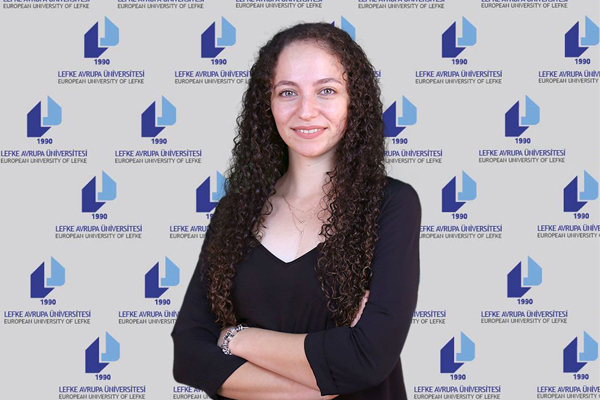EUL Academician Gilanlıoğulları shared information about the importance of post-stroke assessment

European University of Lefke (EUL) Faculty of Health Sciences Vice Dean Asst. Prof. Dr. Nazemin Gilanlıoğulları provided information on “The Importance of Post-Stroke Evaluation”.
Gilanlıoğulları stated that stroke occurs as a result of a sudden slowdown or complete cessation of blood and oxygen flow to the brain and added: “Individuals who have had a stroke may have different findings depending on the affected part of the brain, and these findings may affect the independence of the person in daily life activities (such as eating, drinking water, walking, shopping, and dressing).”
Gilanlıoğulları pointed out that 30% of stroke patients discharged from hospitals or rehabilitation centres continue their lives as dependent on others in their daily life activities and stated that access to physiotherapy and rehabilitation as soon as possible after stroke makes a big difference in the recovery process. Gilanlıoğulları also expressed that ” As it is stated in the European Stroke Activity Planning; ‘it is necessary to ensure that the rehabilitation and other needs of stroke patients are evaluated between the first 3-6 months after the stroke and then annually’ and continued his words as follows; In order to provide rehabilitation according to the problems experienced by the person in daily life activities and to see the benefits of the applied method, correct evaluation methods should be used before, during and after the treatment period and should be repeated at certain intervals.
“In order to create a detailed and personalised rehabilitation program, both the evaluations made by the physiotherapist and the evaluation methods that allow the patient to explain the difficulties experienced by the patient should be taken into consideration, and the results of the two methods should be compared,” Gilanlıoğulları said, adding that in this way, both physiotherapists can evaluate the patient’s progress, and in line with the information from the patient, they can learn which activities they have more difficulties in, and a personalised rehabilitation plan can be created accordingly.
